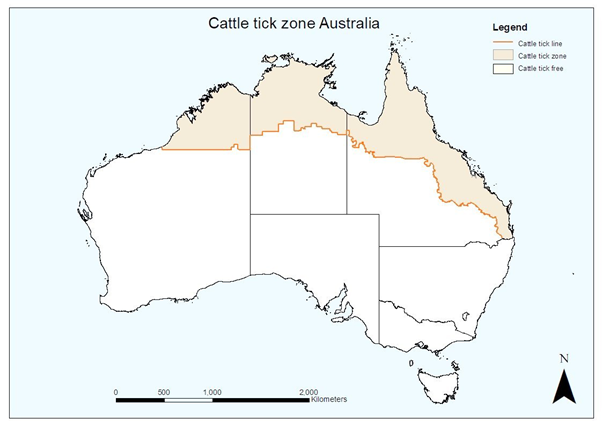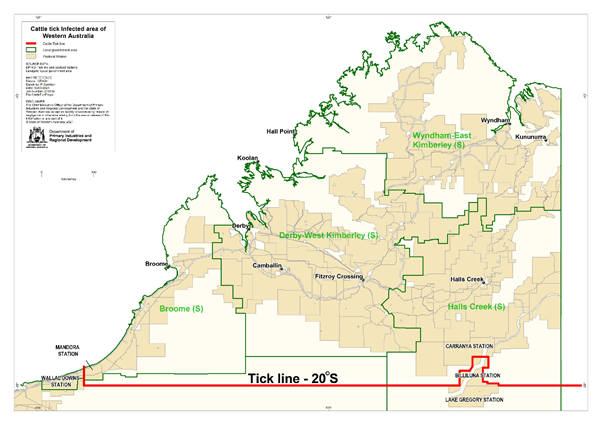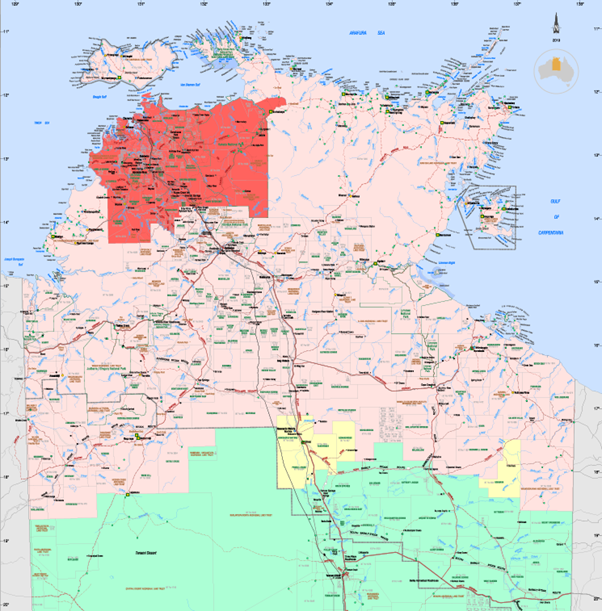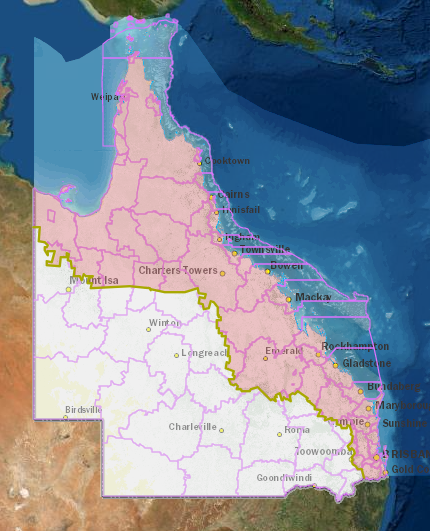Key points:
- Each state has regulations to protect cattle from potentially devastating outbreaks of cattle ticks and tick fever.
- The Tick Line divides the areas where cattle ticks are expected (endemic) from those where they are prohibited (a notifiable disease).
- Cattle and other cattle tick carriers need to be tick-free when moved from the tick-infested zone to the tick-free area i.e. crossing the Tick Line.
- Regulations for treatment, inspection and certification vary between states, so check details before planning transport.
Cattle ticks are one of the most costly cattle parasites in the world, with the estimated cost to the Australian cattle industry alone being around $160 million/year.
Due to their preference for heat and humidity, cattle ticks are found throughout the warmer and wetter parts of the world, meaning their 'natural' distribution in Australia is limited to areas around the northern coastal regions. However, modelling shows that without effective quarantine, cattle ticks could survive on the NSW coast as far as Bega and the south-west coast of WA given changing climatic conditions.
Figure 1: Distribution of cattle ticks in Australia and the location of the Tick Line
Source: tickboss.com.au

WA, NT and Queensland Tick Lines
In the 1950s, state and territory policies supported excluding cattle ticks from the areas where they were not endemic. Inspection and compulsory dipping were established to prevent the spread of ticks on cattle. Eradication was seen as unachievable and the best result deemed to be the preventing economic losses.
Because of this, the three northern jurisdictions put in place 'Tick Lines' to control the spread of cattle ticks.
WA
Cattle ticks are found in WA's north-west (see Figure 2).
Figure 2: The Tick Line and associated cattle tick zones in Western Australia

Cattle moved across the WA Tick Line require:
- prior treatment in an accredited plunge dip, which is approved on a case-by-case basis annually and
- inspection of cattle by WA DPIRD inspectors.
Horses and goats moved across the Tick Line also require a supervised treatment and inspection.
For more details, visit Western Australian cattle tick control program.
NT
Due to resistant cattle ticks (Parkhurst strain) around Darwin – as well as regions that differ in tick infestations because of varying seasons – NT has four separate regulatory areas for cattle ticks (see Figure 3).
The Parkhurst strain was detected in the late 1990s and is resistant to both organophosphate and synthetic pyrethroid tickicides. Control is necessary to prevent its spread to other areas.
Figure 3: Map of The Northern Territory showing Parkhurst tick zone (red), infected zone (pink), the control zone (yellow) and tick-free zone (green).

All carriers of ticks are subject to controls when moving across the Tick Lines. This includes supervised treatment and inspection. For details, visit the Northern Territory government website.
Queensland
Queensland has two tick zones – the tick-infested zone and the tick-free zone (see Figure 4). This replaces the previous scheme that included control zones.
Moving cattle or other 'tick carriers' across the Tick Line from the infested zone to the tick-free zone requires an inspection by accredited certifiers. The owner or manager supplies the accredited certifier with details of recent tick treatments and arranges for inspection. Once livestock have been inspected, the accredited certifier issues a biosecurity certificate which enables transport across the Queensland Tick Line or across state borders. Most treatment and inspection now takes place on-farm prior to departure, replacing the old system of inspection and treatment at designated 'Tick Gates' at various places along the Tick Line and border crossings.
Figure 4: Location of the Queensland Tick Line separating the tick-infested zone (pink) from the tick-free zone (white).

NSW
NSW's official state policy under the Biosecurity Act 2015 is to continue to prevent or eradicate all cattle ticks.
To achieve this, people transporting all cattle (including buffalo, bison and deer) into NSW from the Queensland tick-infested area are required to treat stock with a tickicide (if necessary) and have them inspected and a biosecurity certificate issued by an authorised officer (NSW government) or accredited certifier.
Secondary tick carriers such as horses, sheep, goats and camelids also need to be accompanied by a Record of Movement, available with detailed instructions on the NSW DPI cattle tick page.






